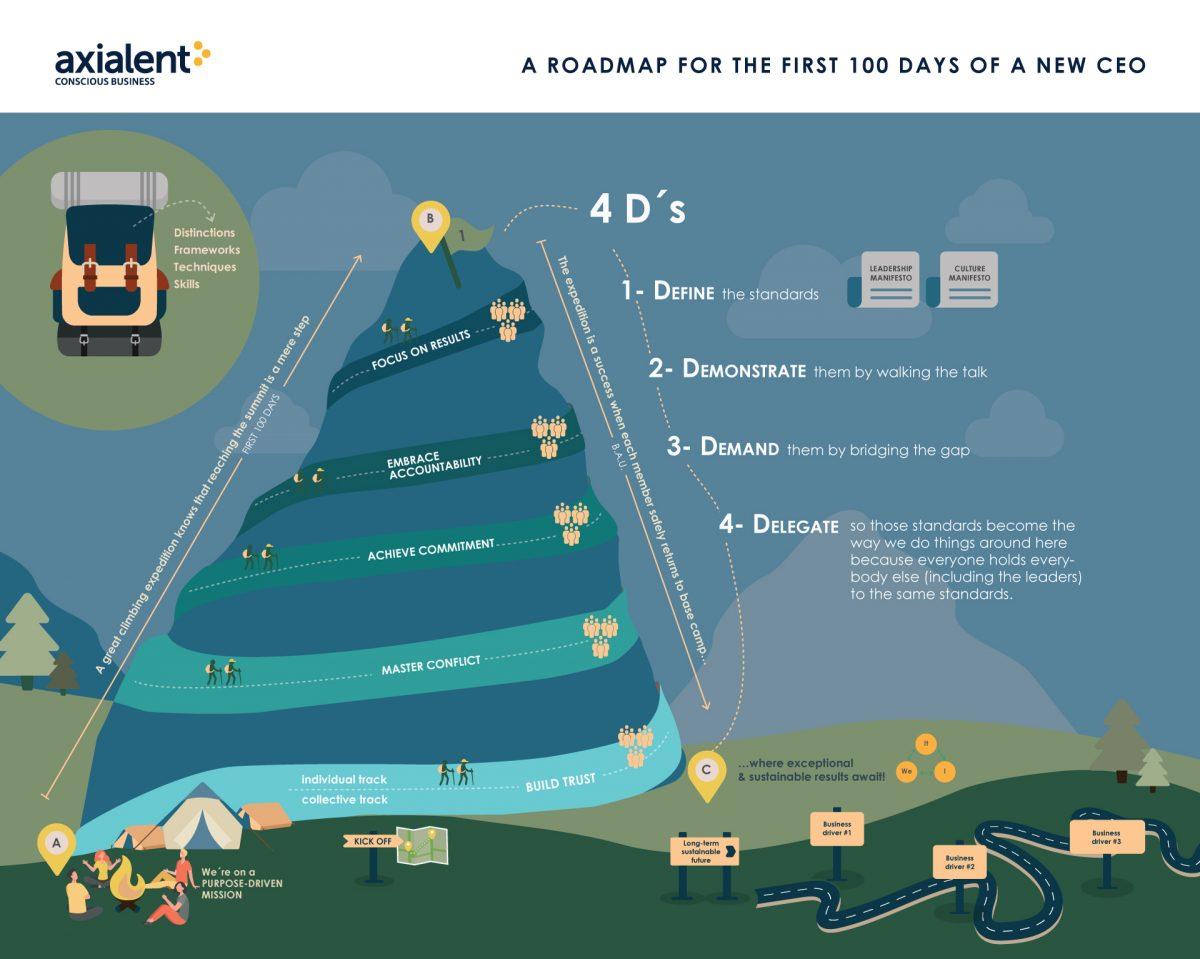How many of us wish we had more productive, effective hours in a day?
From my conversations with leaders around the globe, I gather probably all. That said, there are some very simple things each of us as leaders do every day, that if done more effectively, could free up immense amounts of time and energy.
This series will dive deeper into four areas that we are actually practicing every single day of our lives, that if improved, could increase the quality of all things we do at work.
And through this, it can lessen workload, improve productivity, and empower others. Without further ado, these four things are:
- meetings,
- conversations,
- decisions,
- and implementation.
Did you realize that every day, we are in a meeting, and/or having a conversation with someone or ourselves, or making a decision (or judging one that was made by someone?) or implementing something (with less or more will and energy)?

Let’s start with the one we most feel trapped in at almost 8hs a day: meetings. Through implementing the practices we discuss, you will improve your capacity to be in the right meeting, with the right setting, for the right reason… or decide not to be there consciously!
These facts and figures are pretty staggering, and illustrate just how important this topic is:
- Employees in upper management spend 50% of their time in meetings.
- Research suggests that employees spend 4 hours per week preparing for status update meetings.
- A recent survey found that 67% of employees complain that spending too much time in meetings hinders them from being productive at work.
- More than 35% of employees found that they waste 2-5 hours per day on meetings and calls, but achieve nothing to show for it.
First, make sure you design the agenda strategically to justify the investment of time you and other people will be making: choose the right topics, information, and people needed, and align time per topics and dynamics to achieve what you want.
3 Types of Meetings
It is important to note that there are really only 3 types of necessary meetings — to inform (to seek understanding), to discuss/debate (to gather input), and to decide (to choose between two or more options), but usually, the one calling the meeting does not clarify this upfront.
When this happens… can you make sure you ask for this to be clarified before starting? After understanding the intention of the meeting, it is key to understand if your participation is truly necessary or important. Many people end up in meetings without knowing why they are there, and without their presence really being needed. Do I need this information? Is my input needed? Do I need to be part of this decision?
Next, check in and align intentions to ensure that people are present and connected to each other, and to clarify what the goal of the meeting is. Clarify the expected outcome for each topic on the agenda, and explain to people how they could effectively participate. Now it’s time to deep dive into the content.
Make sure you agree on commitments and the next steps before leaving each section of the agenda. Close out the meeting with a “check out” and capture key actions and learnings for the next one.
From the outset, it is important to confirm that the meeting is truly necessary. If the purpose is to inform, clarify if it could have just been an email. If discussion, don’t spend 90% of the meeting just talking about things without any structure or intention. If the meeting is for decision-making, make sure everyone knows how the decision will be made before you engage in the discussion.
5 Key Habits for Effective Meetings
Lastly, there are 5 key behavioral habits for effective meetings:
- Be a player, speak in 1st person: when sharing your perspective and opinions, own them to make them more relevant and clearer.
- Be a learner, ask clarifying questions (before sharing opinions): before you make someone “wrong”, seek to understand through thoughtful questions.
- Reflect back: make sure whoever has just spoken feels understood before sharing your own perspective.
- Make clear requests: if you have a need, express the request to the right person in a clear and straightforward manner.
- Give acceptable responses to requests: A response could be acceptance, asking for clarification before accepting, or saying no while explaining why you cannot commit to it — and discussing other possibilities if needed.
Try these out, and watch how much more effective your meetings become. In the next piece of this series, we will discuss decision-making.


 Beginnings, or new beginnings, are exciting. They create momentum, but it’s a hard job to keep the flame alive. If the leadership team does an excellent job with the four D’s mentioned in article two, there’s a higher chance that the flame will last longer. However, they will need a sustainable fuel source for that flame because eventually, it will die out. No matter how well-intended the leaders are, their behaviors are not enough to consolidate an evolving or transforming culture. Culture needs to be hinged on systems to endure.
Beginnings, or new beginnings, are exciting. They create momentum, but it’s a hard job to keep the flame alive. If the leadership team does an excellent job with the four D’s mentioned in article two, there’s a higher chance that the flame will last longer. However, they will need a sustainable fuel source for that flame because eventually, it will die out. No matter how well-intended the leaders are, their behaviors are not enough to consolidate an evolving or transforming culture. Culture needs to be hinged on systems to endure.
 One of the first outcomes of the leadership team journey described in the
One of the first outcomes of the leadership team journey described in the